The Detrimental Impact of Plastic Straws on Our Environment
Plastic straws, alas, have become a matter of great concern for the environment. Their impact on our beloved planet is nothing short of disastrous. These straws, you see, are a common form of plastic waste that litters our oceans, rivers, and landfills. Their presence is ubiquitous, and their harm is undeniable.
Unlike their more virtuous counterparts,
biodegradable straws, these plastic straws do not possess the ability to decompose naturally. Oh no, they persist in our environment for hundreds of years, causing untold damage. The problem of plastic pollution, it seems, knows no bounds.
Oh, the plight of marine life! These innocent creatures are often fooled by the appearance of plastic straws. Mistaken for food, they are ingested by these poor souls, leading to illness and suffering. And what of entanglement? Plastic straws, it seems, are quite the treacherous traps for our marine friends.
But the harm does not end there, I'm afraid. These plastic straws, with their stubborn refusal to decompose, pose a threat to our ecosystems and wildlife for decades on end. The delicate balance of nature, already strained by human intervention, is further disrupted by the presence of these insidious straws.
It is of utmost importance that we address the environmental impact of plastic straws forthwith. We must seek sustainable alternatives and spread awareness far and wide. Let us strive to rid our world of these harmful straws and restore harmony to our beloved planet.
Advantages of Biodegradable Straws in Promoting Sustainability

The utilization of
biodegradable straws presents numerous benefits that contribute to the creation of a more sustainable and eco-friendly environment. Primarily, these straws exhibit a diminished environmental impact in comparison to their traditional plastic counterparts. Crafted from natural materials such as paper, bamboo, or plant-based plastics, they do not contribute to the accumulation of non-biodegradable waste in landfills and oceans, thus safeguarding our precious ecosystems.
Additionally, the biodegradability and decomposition time of these straws are significantly shorter, varying from a few months to a few years, contingent upon the specific material employed. This innate characteristic enables them to naturally break down without leaving behind pernicious microplastics that have the potential to persist in the environment for countless years. By opting for
biodegradable straws, we actively combat the long-lasting detrimental effects of plastic pollution.
Furthermore, the utilization of
biodegradable straws also serves to protect marine life. Countless marine creatures, including sea turtles and seabirds, often mistake plastic straws for food, leading to ingestion and entanglement, which can have dire consequences. However, by adopting biodegradable alternatives, we mitigate this risk as these straws are designed to disintegrate harmlessly, reducing the threat posed to our fragile marine ecosystems.
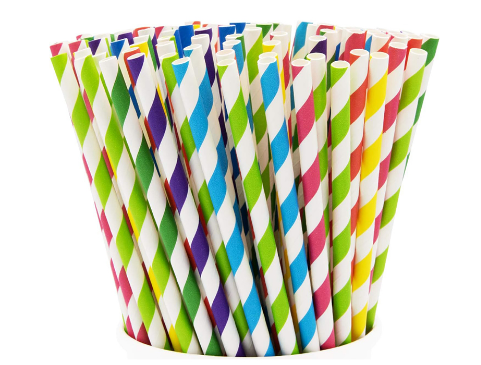 Common Questions:
1.What are the advantages of biodegradable straws?
Biodegradable straws
Common Questions:
1.What are the advantages of biodegradable straws?
Biodegradable straws have a diminished environmental impact compared to plastic straws. They are made from natural materials and can decompose without leaving behind harmful microplastics. They also help protect marine life by reducing the risk of ingestion and entanglement.
2.Are plastic straws banned? And where are they banned?
In the modern era, a movement of great importance has emerged, calling for the banning of plastic straws. This movement, driven by concerns for both the environment and human health, has gained global attention and support.
3.Why plastic food packaging like straws are banned?
Firstly, their improper disposal of plastic straws leads to the pollution of these natural ecosystems, as they find their way into the very waters that sustain life. In additionally, These plastic straws inevitably find their way into the vast expanse of the ocean, where they disintegrate into microplastics, posing a dire threat to marine life. Lastly, Recycling plastic straws is an arduous task, fraught with obstacles due to their minuscule stature and unique composition.
Comparison of Biodegradable Straws and Plastic Straws
Biodegradable straws and plastic straws differ in various aspects, including material composition and durability and functionality.
 A. Material Composition
Biodegradable straws
A. Material Composition
Biodegradable straws, unlike their plastic counterparts, are crafted from natural materials such as plant-based polymers, cornstarch, or bamboo. These materials, being renewable in nature, possess the ability to decompose naturally over time, thus lessening their impact on the environment. In stark contrast, plastic straws are predominantly made from petroleum-based polymers, which are derived from non-renewable fossil fuels. These plastic straws take centuries to decompose, exacerbating pollution and causing harm to delicate ecosystems.
B. Durability and Functionality
When it comes to longevity, plastic straws hold an advantage as they are designed to withstand the test of time, remaining resistant to bending or breaking. However, this durability also means that plastic straws persist in the environment for extended periods, inflicting harm upon unsuspecting wildlife. Conversely,
biodegradable straws, while commendable in their eco-friendly intentions, may not possess the same level of durability and may not endure prolonged use or extreme beverage temperatures. It is of utmost importance to consider the intended purpose and lifespan required when deliberating between these two options.
Hyde Group, which has 12 years of export experience and has exported to more than 150 countries, can provide you with the many
biodegradable straws you want, such as PLA straws, paper straws, bagasse straws and coffee grounds straws. If there is a certain kind of
biodegradable straws in your heart, you can feel free to contact us to custom and wholesale, we will reply within 24 hours.
 5784
5784 351
351


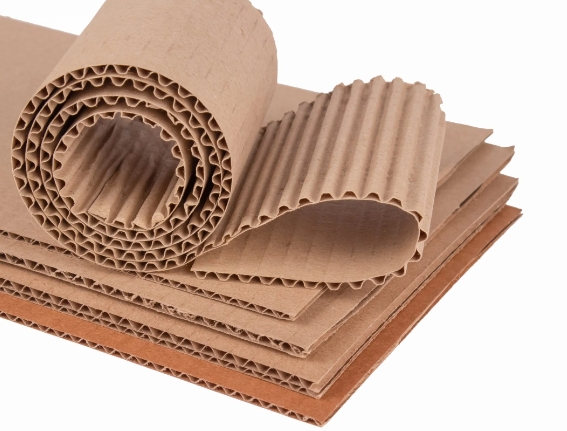 The Diversity of Corrugated Boxes Packaging
The Diversity of Corrugated Boxes Packaging
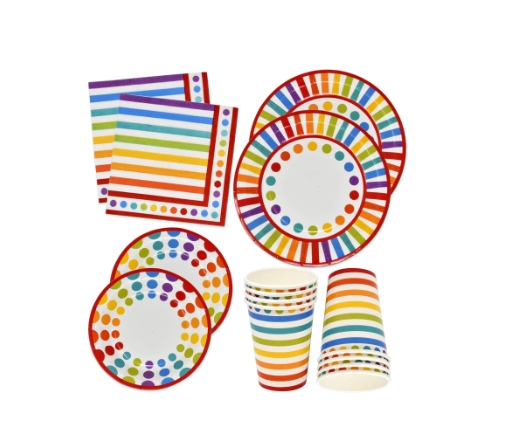 Health Concerns With Disposable Paper Plate Usage
Health Concerns With Disposable Paper Plate Usage
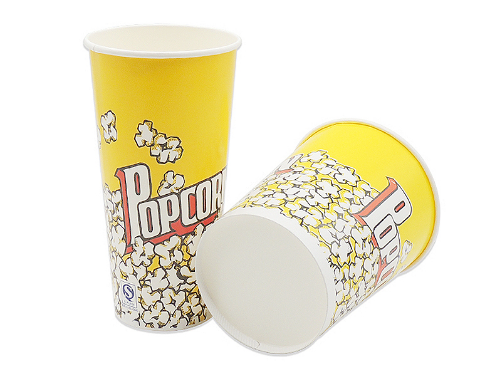 Understanding PE Coated Paper
Understanding PE Coated Paper
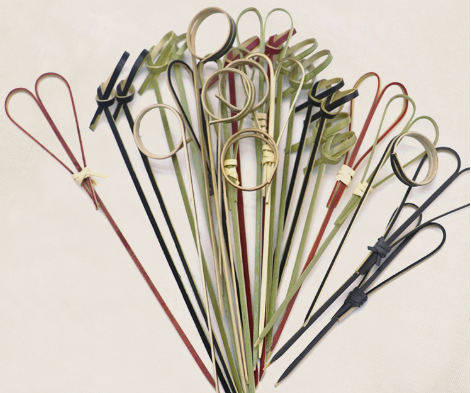 Versatile Bamboo Sticks: Types, Uses, and Benefits
Versatile Bamboo Sticks: Types, Uses, and Benefits